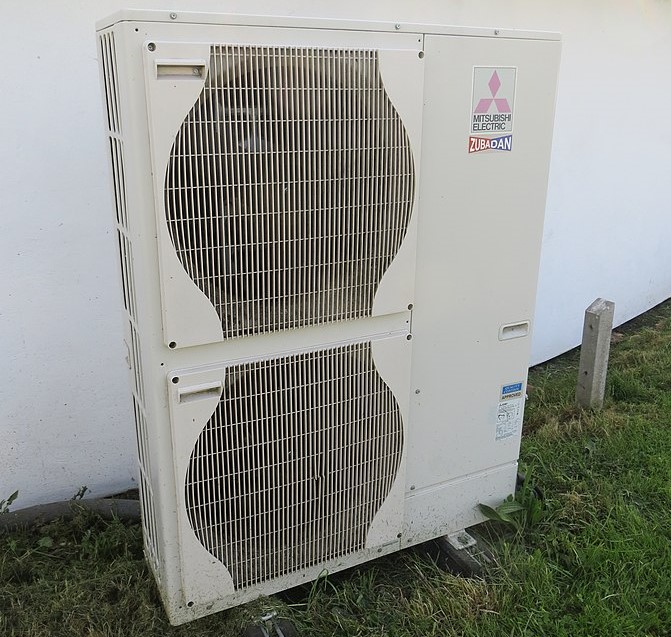Researchers from Germany's Fraunhofer Institute for Solar Energy Systems ISE have investigated how existing multifamily houses (MFHs) using radiator heating systems may be retrofitted with heat pumps (HPs) in an effort to speed up their adoption on a massive scale.
They warned, however, that a series of challenges associated with high temperature requirements may represent a considerable barrier to their deployment.
“Retrofitting existing buildings with heat pumps is challenging, as temperature requirements for space heating and domestic water heating are significantly higher than in new buildings,” the research's lead author, Manuel Lämmle, told pv magazine. “Moreover, the existing heat distribution and transfer system should be ideally re-used. These systems sometimes have to be adapted to make them heat pump-ready.”
The scientists explained that the novelty of their work consists of a systematic analysis of the relationship between operating temperatures and HP performance based on data from field measurements. “The overall objective is to quantitatively assess the influence of heat source temperatures, maximum HP supply temperatures, and heat sink temperatures using statistical methods,” it explained.
The group stressed that HPs are currently not particularly suitable for reliably supplying heat at elevated temperatures above 60 C. In MFHs. however, required temperatures often lie between 60 C and 70 C, which means HPs have to work close to their water temperature operating limit (WTOL).
The academics highlighted that there are several HPs such as several brine/water or water/water models that can reach a WTOL of 65 C, as well as several outdoor air HPs that also achieve a WTOL of over 70 C.
Popular content
“This leads to the conclusion that, while 80 % of HPs in the market are limited to temperatures below 60 C, there are 135 models available achieving temperatures of 70 C or higher,” they stressed. “Given the recent market trends toward R290 systems, it is likely that this distribution will see a considerable shift toward higher WOTL in the coming years.”
The group analyzed the performance of 58 HP systems installed in existing buildings considering HP type, specific heating demand, building type, year of construction, and heat-transfer system. It found that HPs may be successfully integrated into existing buildings, provided that careful planning is implemented on a case-by-case basis.
“Although existing buildings – especially when the existing radiator system is reused – require higher supply temperatures, the room temperature is not affected in properly dimensioned systems,” Lämmle explained. “Heat pumps are able to supply the required supply temperatures, although at a lower efficiency than with floor heating systems.”
According to the research team, there are several factors that should be taken into account to further reduce HP deployment. These are: economies of scale; standardization of heat pumps and systems; more experience in designing, optimizing, and operating the more complex and sensitive systems; and new technologies such as propane heat pumps and PVT collectors.
The academics described the model in the paper “Heat Pump Systems in Existing Multifamily Buildings: A Meta-Analysis of Field Measurement Data Focusing on the Relationship of Temperature and Performance of Heat Pump Systems,” published in Energy Technology.
This content is protected by copyright and may not be reused. If you want to cooperate with us and would like to reuse some of our content, please contact: editors@pv-magazine.com.



By submitting this form you agree to pv magazine using your data for the purposes of publishing your comment.
Your personal data will only be disclosed or otherwise transmitted to third parties for the purposes of spam filtering or if this is necessary for technical maintenance of the website. Any other transfer to third parties will not take place unless this is justified on the basis of applicable data protection regulations or if pv magazine is legally obliged to do so.
You may revoke this consent at any time with effect for the future, in which case your personal data will be deleted immediately. Otherwise, your data will be deleted if pv magazine has processed your request or the purpose of data storage is fulfilled.
Further information on data privacy can be found in our Data Protection Policy.